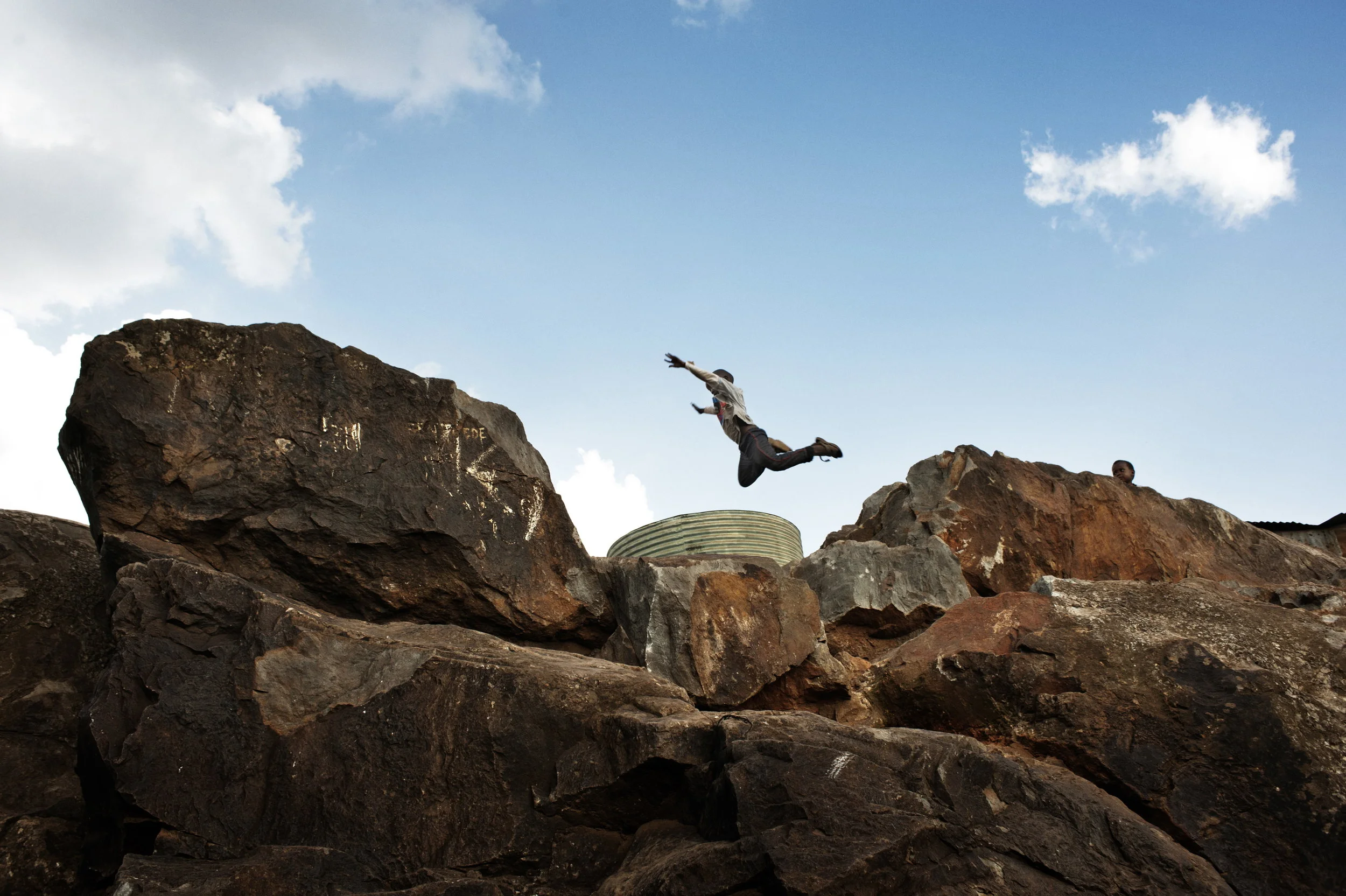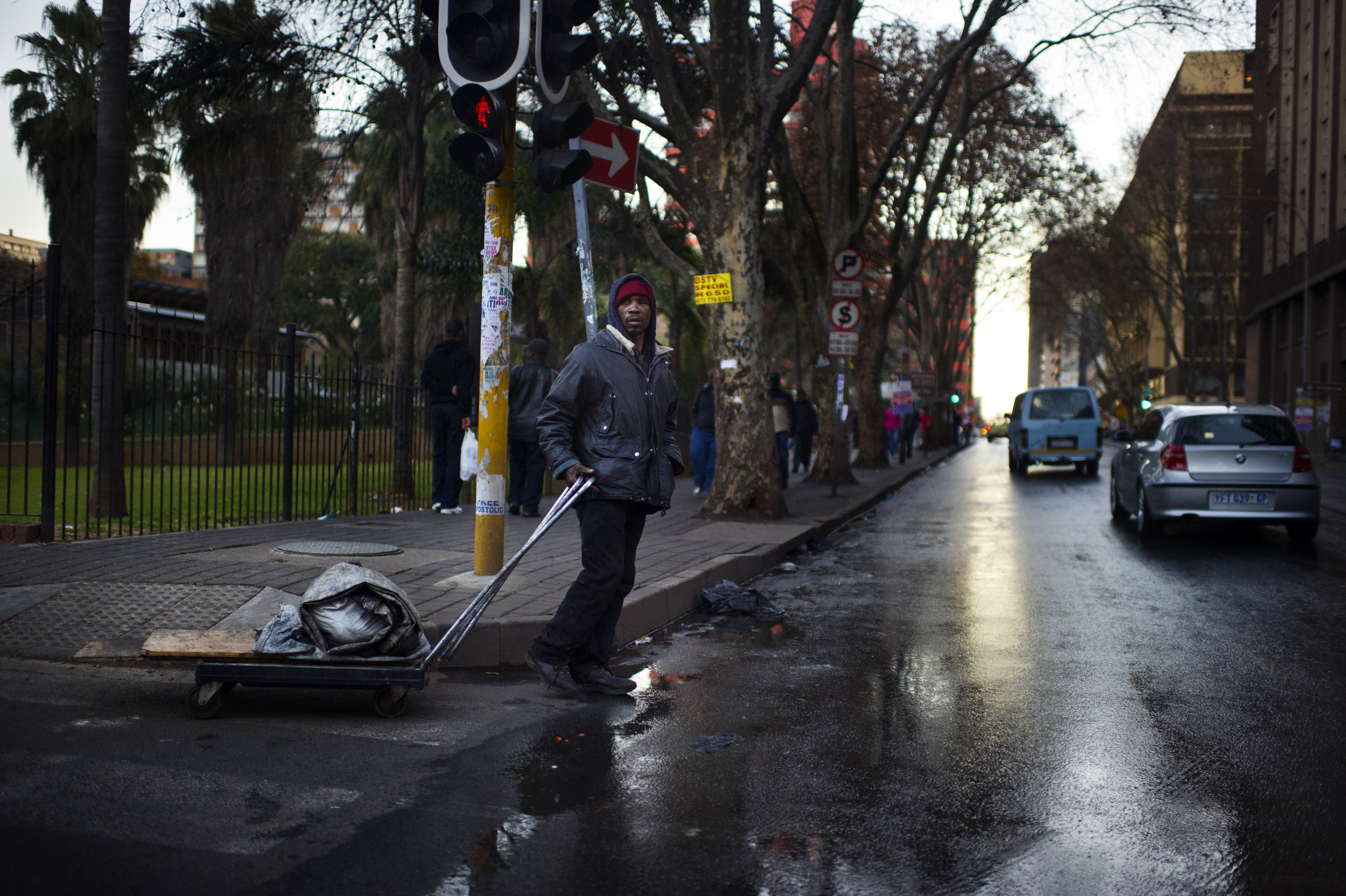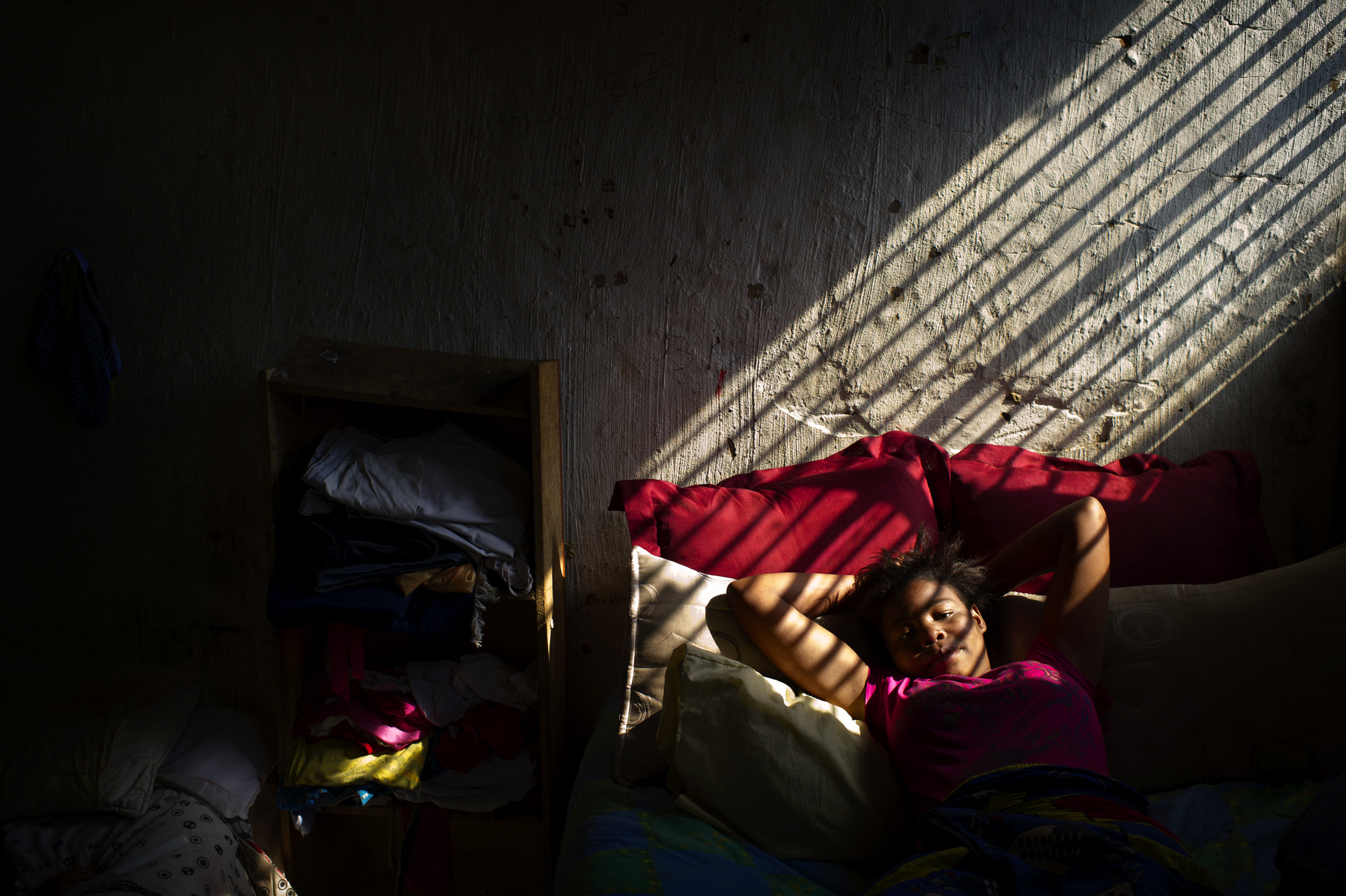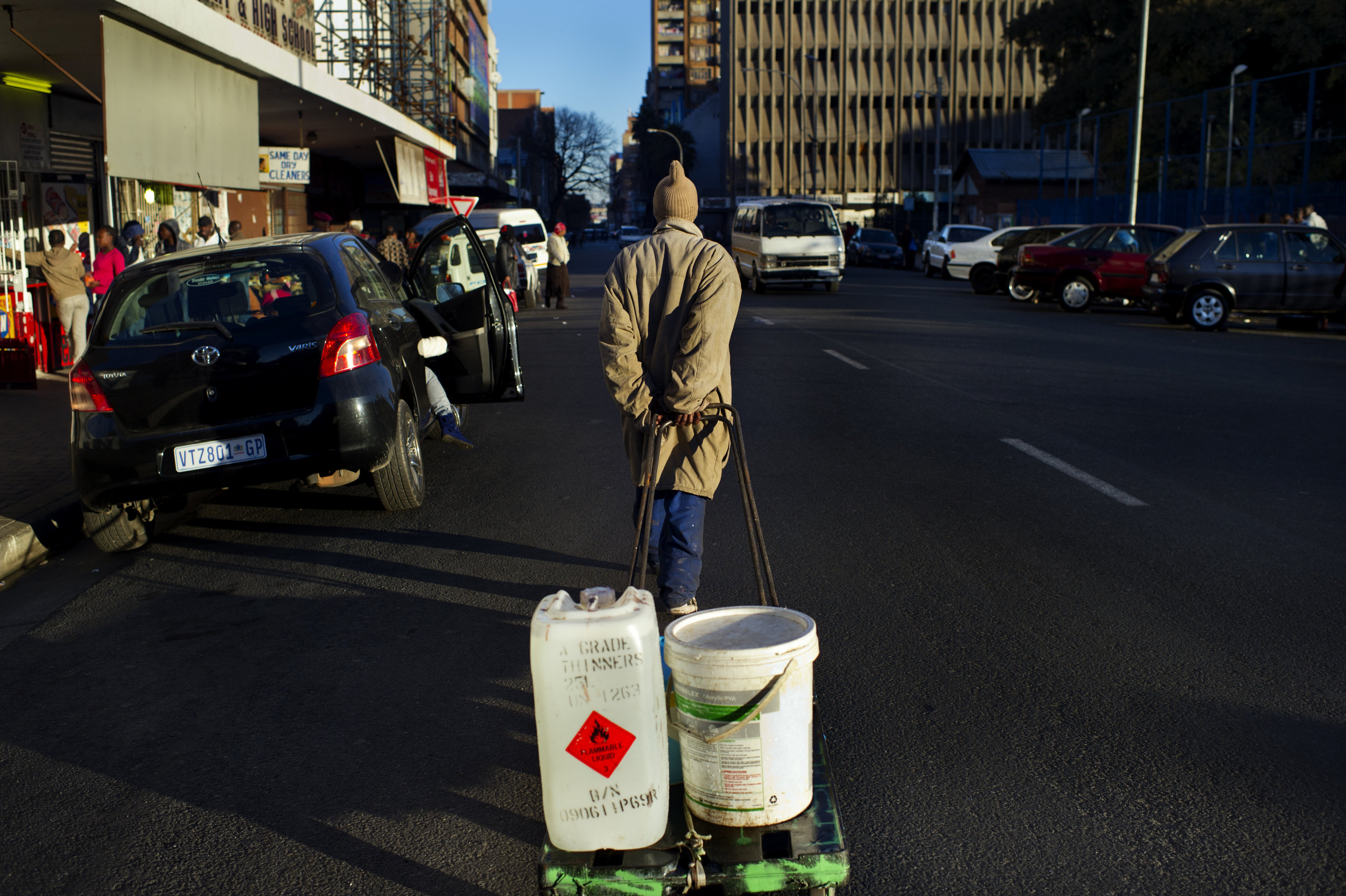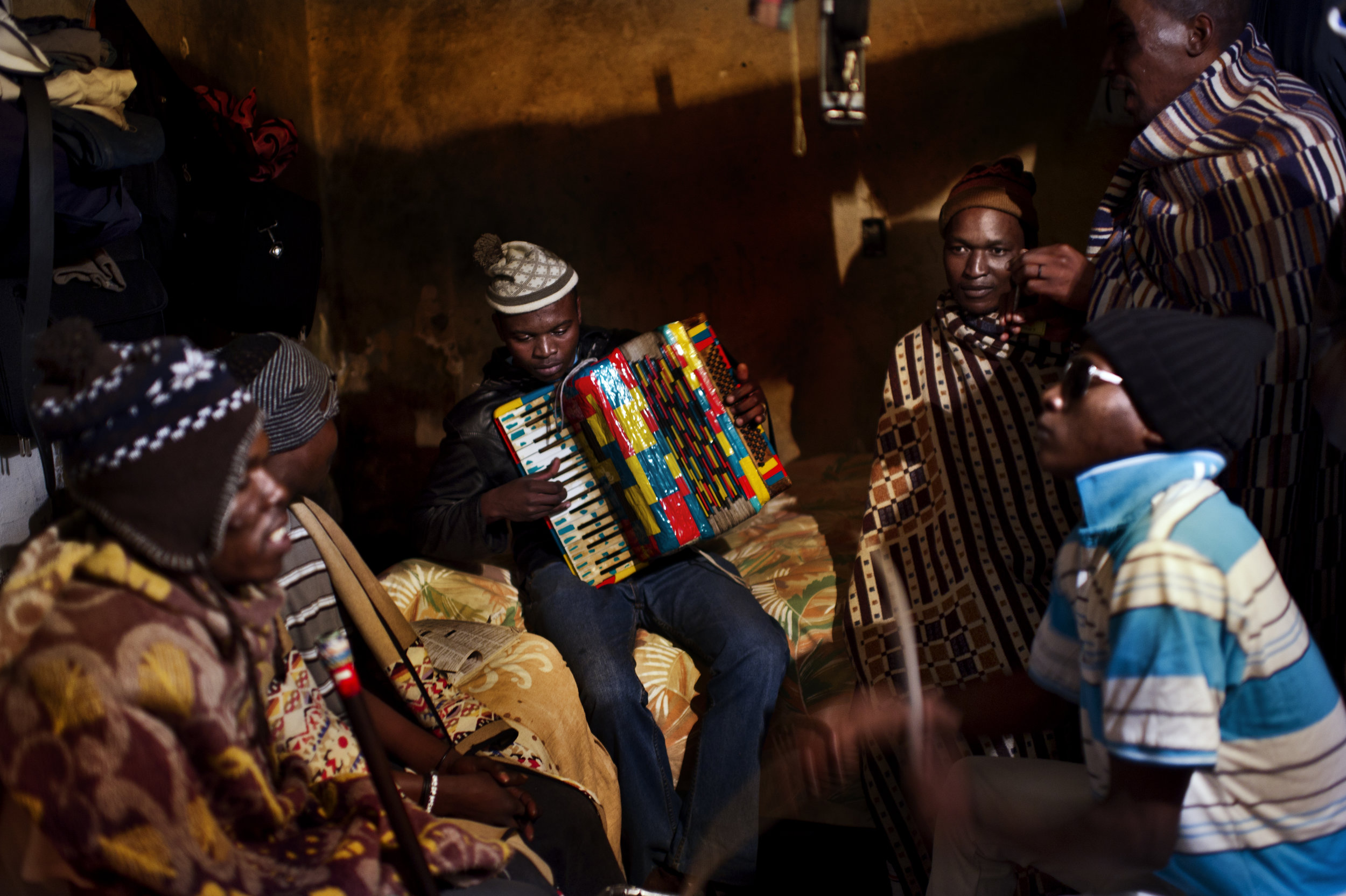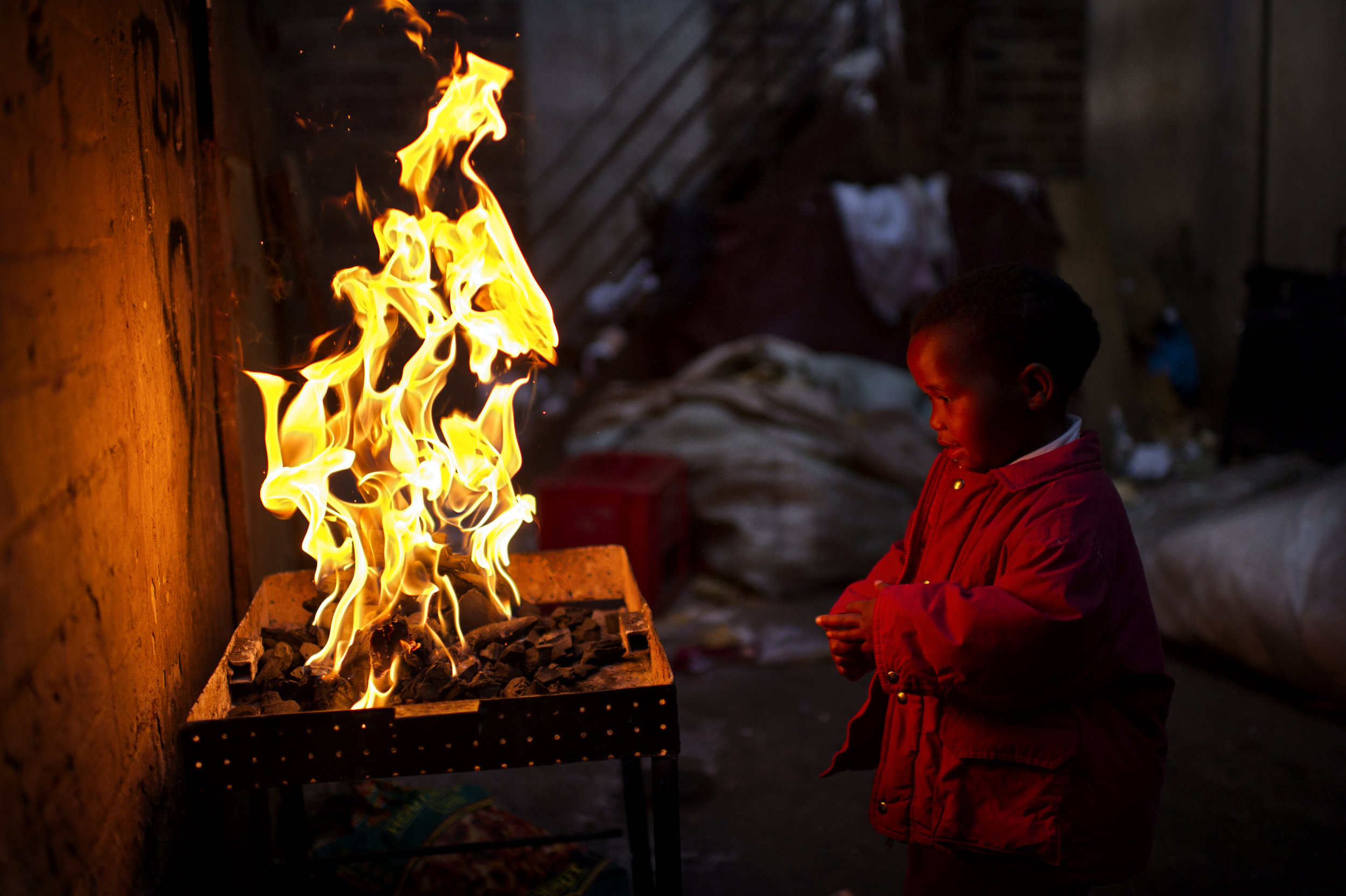Urban Survivors
by NOOR with MSF
With the world population reaching seven billion, soon the question comes as to what effect that has on our global living conditions.
Rapid urbanization in the last fifteen years has been accompanied by an increase in slum settlements and more than thirty percent of the world’s urban residents now live in poor-quality, overcrowded houses and settlements. There, they face a degraded environment, diseases and daily violence.
With the group project “Urban Survivors, into the Slums”, executed in collaboration with Médecins Sans Frontières in Bangladesh, Guatemala, Haiti, Kenya, Pakistan and South Africa, seven NOOR photographers, Alixandra Fazzina, Pep Bonet, Stanley Greene, Jon Lowenstein, Francesco Zizola, Kadir van Louhizen and Andrea Bruce, give a view into the living conditions in urban settlements, showing what is at stake globally for the world’s urban population.
Guatemala
sexual violence in guatemala by Andrea Bruce
Guatemala ranks among the highest rates of violence and insecurity in the world through a mixture of gang violence, political and paramilitary violence and domestic violence. Women are particularly affected by extreme forms of sexual violence and femicide.
From January to November 2011, 3,969 cases of sexual violence were registered in the country. However the number of unreported cases is likely to be much higher as sexual violence cases across the world are normally unregistered by approximately 60%.
Despite the pervasiveness of this type of violence in the country, victims receive little support and adequate care.
Urban poverty, inequality and social exclusion are a long-standing syndrome of Latin American urbanization. The continent of largely urban societies is essentially fractured, showing a basic duality of rich and poor, formal and informal, organized and disintegrated, ruled and unruled.
In addition, a wider set of problems have been emerging over the past decades such as alarmingly low levels of social trust and the proliferation of violence and fear.
South Africa
INTO the shadows by pep bonet
Each day, thousands of Zimbabweans attempt to flee Zimbabwe across the border to South Africa. However, persecution awaits them: they are met with hatred by South Africans, shunned by the police, many have been stripped of their rights, and the abuses they have suffered are most often unseen as the government turns a blind eye to their existence.
Thousands of Zimbabweans face the threat of deportation back to Zimbabwe, so they seek the anonymity of the shadows in the overcrowded squatter camps and the urban slums.The violence against them is ruthless, random and unpredictable. Entire buildings have turned into urban slums, a breeding ground for violence, crime and disease. In Johannesburg, the slum buildings are controlled by gangs, and are considered unsafe, especially for young women. Most have neither water nor electricity.
Those who live in the buildings pay a fee to the gangs, who in return offer protection from the police. Many Zimbabweans speak of torture and political oppression as individuals forsake their identity, their rights, and their health to survive.
Honduras
Where violence took over by kadir van lohuizen
Honduras is nowadays ranking number one in the world as the country where most people are killed daily. After the coup in 2009 the country almost came to a standstill; both politically and economically. The gangs influence is growing day by day and fear rules in Honduran society. The gang war is between the gangs, about drugs and extortion.
People who are living on the streets of the Honduran cities are the most vulnerable and often victims of violence.. ⠀
Kenya
kibera, the permanent squattersr by Francesco zizola
The area known today as Kibera was once a wooded hillside outside the city of Nairobi, allocated by the British colonial rule to the Nubian (Sudanese) soldiers who had served for the British Army during the first and second World Wars. The Nubians named the land Kibra, which means ‘land of forest’.
After Kenya declared independence in 1963, the national government refused to recognise the Nubians land tenure rights for their allotments and assumed ownership of the land. Flooded for decades with hundreds of thousands of rural migrants moving away from the poverty stricken countryside in search of job opportunities in Nairobi, Kibra slowly turned into Kibera, Nairobi’s biggest slum, and was gradually encircled by the sprawling capital. Until recently, Kibera was also believed to be Africa’s second largest slum, with an estimated population of 1 million people, but the 2009 Kenya Population and Housing Census showed that Kibera is much smaller than what was originally thought, and it is actually home to 170,070 people.
Kibera is officially classified as an informal urban settlement and consequently its inhabitants are all considered squatters by the Kenyan Government, which does not provide for any essential public services or basic infrastructures, such as sanitation, education, electricity, health-care, etc.
In 2009 an attempt to improve Kibera’s living conditions was undertaken by the Kenya Slum Upgrading Project (KENSUP). Soon after it started in 2009 the project was legally challenged by more than 80 Kibera landlords and has now reached a standstill.
In July, another World Bank bankrolled project aimed at improving the living standards of the Kenyan slum dwellers was launched. It is too early to anticipate the outcome of this latest project, but it is sure that it will provide evidence of what proportion of the international funding is used effectively and how much of it is used to fuel local corruption.
Haiti
sexual violence port-au-prince by Jon Lowenstein
Sexual violence in Haiti is a true problem. Women are consistently made victims of sexual violence and they have little or no recourse either through their family or the law. Rapes, domestic violence are an accepted fact of life in the country and especially the slums. Doctors Without Borders offers psychological treatment and medical diagnoses to help treat the victims wounds.
The massive destruction of the earthquake has also lead to further dislocation and insecurity and abuse of women. The shame for this type of violence leads many women to hide and deal with the pain in isolation, but luckily some brave women stepped forward to tell their stories.
These stories include women who have been victimized in front of their children, on the street and in their homes. There truly is no safe place for women and this constant feeling of insecurity pervades on many women’s existence.
Bangladesh
daily life in kamrangirchar slum by STANLey greene
An estimated 400,000 people live in the Kamrangirchar Peninsula. Previously a dumping ground for Dhaka’s waste, it is now a highly populated area where inhabitants live in houses made from wooden sticks above the
dirty water. Toxic waste from Dhaka’s industries is still directed into the river as daily life in the Kamrangirchar Peninsula continues. With families sharing rooms with up to ten people, this densely populated area, mostly comprised by migrants from other areas of Bangladesh, covers only three square kilometers and shares daily life like playing, working or cooking with a highly polluted river and soil.
Pakistan
super highway one by Alixandra Fazzina
Nine months on from the floods that devastated much of Pakistan in July 2010, an estimated four thousand Internally Displaced Persons are still squatting in a single three kilometers long urban camp known as “Super Highway One”. Unable to return home to their villages, residents are supported by MSF who provide medical facilities and potable water.

